440 kilometers instead of 142
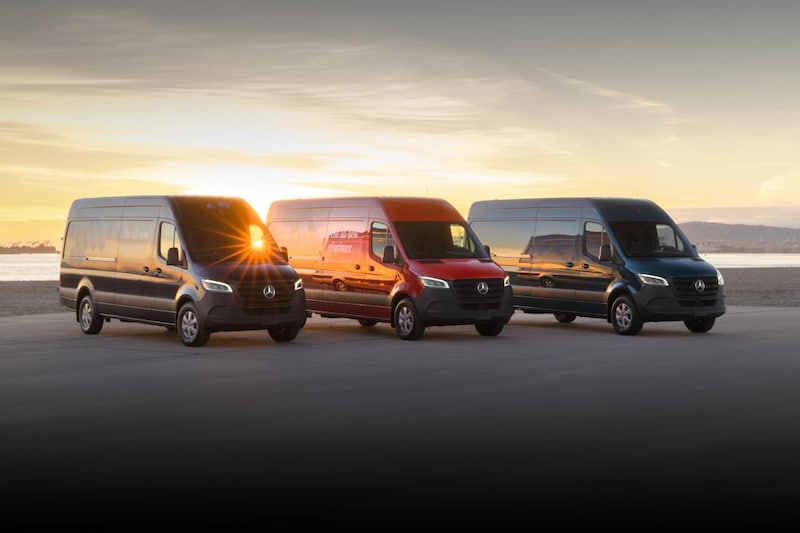
The Mercedes-Benz Sprinter is the best-selling large delivery van in the Netherlands, but the first electric variant did not travel further than 142 kilometers. The new generation has a range of 440 kilometers, which makes it interesting for the first time as a basis for an electric camper.
How will the eSprinter now go further than before?
The battery pack in the eSprinter has been increased from a measly 47 kWh to a maximum of 113 kWh. Moreover, it is available in two different lengths. The charging volume is therefore variable and you can also choose from three different battery packs, so you do not immediately pay the top price if you do not actually need a large range for daily work. In addition, Mercedes is also supplying the eSprinter as a chassis cab for the first time, allowing the buyer to build a superstructure themselves. For example, he can create an open loading platform behind the cabin.
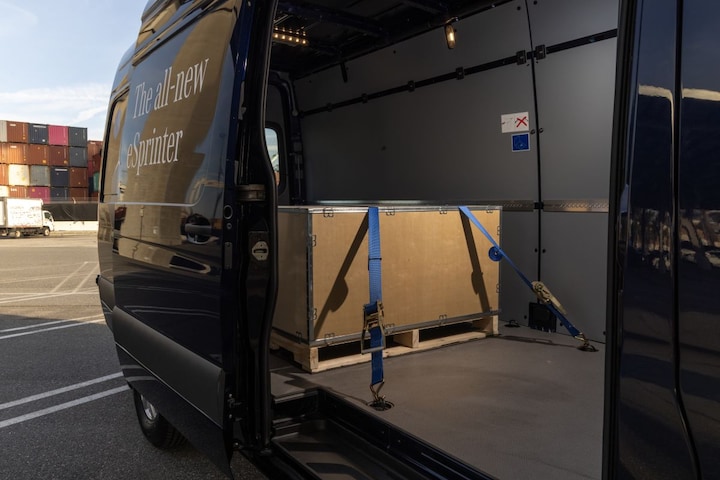
How are the sales of electric vans actually going?
The fact that electric vans are on the rise is evident from last year’s sales figures. At that time, 14.4 percent of newly sold vans were electric and that share has never been greater. So far, it appears to be particularly popular with parcel, express and courier services. At the same time, it is clear that diesel is not yet giving in to vans. While diesel is out of favor among passenger car buyers, last year 81 percent of newly sold vans had a diesel engine.
How far do other electric vans get?
There is now more and more choice of electric models and the range is steadily increasing. Many electric passenger cars can follow the 440 kilometers of the new eSprinter as an example. The second most popular large van, the Renault Master E-Tech Electric, renewed this year, even reaches 460 kilometers. The new Opel Movano is also not doing bad with a distance of 430 kilometers.
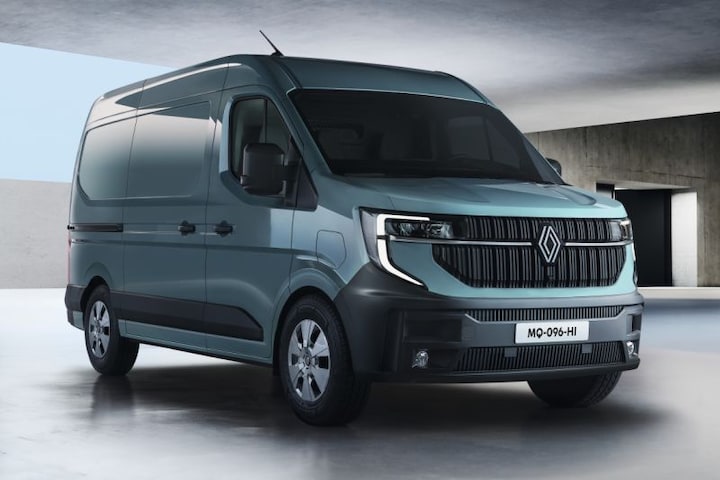
The new Renault Master, of which the Nissan Interstar is a sister model.
But they are still expensive, right?
Electric vans are still considerably more expensive to purchase than diesels. Once in use, they naturally cost less, because electricity consumption is cheaper than diesel consumption and the cars require less maintenance. However, the new eSprinter still costs €55,290 (excluding VAT and BPM) (as a panel van with a 56 kWh battery pack), while the same car with a diesel engine can be purchased from €39,850.
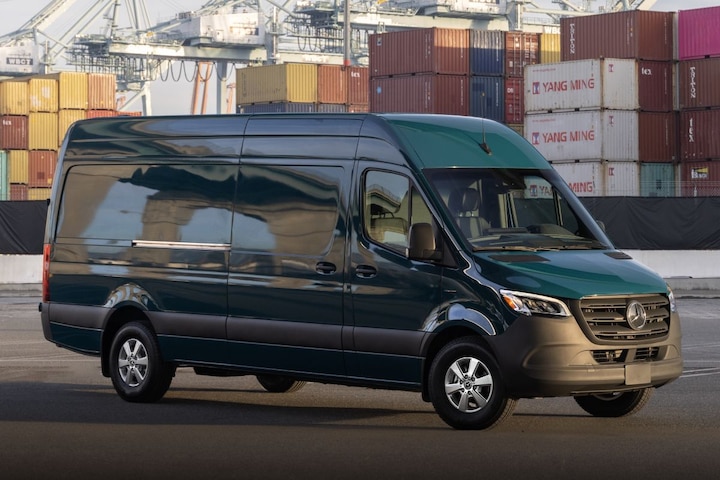
American version of the Mercedes-Benz eSprinter. We were also able to get acquainted with the new version in the US.
How does the eSprinter drive?
Anyone who sets off with the new eSprinter will soon notice that they have to deal with many of the disadvantages of the diesel era. This environmental knight has no exhaust gas. The driver also benefits from its whisper-quiet nature, which improves comfort. That’s certainly a good thing in this Mercedes: you sit comfortably on well-supporting seats and the suspension comfort is surprisingly pleasant. At most, you notice that the shock absorbers, with their sometimes strong reactions, are designed to carry a heavy load. The drivetrain turns out to be powerful and smooth: the electric motor, of course linked to an automatic transmission, is 100 or 150 kW strong. The battery packs are 113 kWh, 81 kWh or 56 kWh. Because the battery pack is placed between the axles, a lower center of gravity is created with less chance of the car tipping over. The steering is not only wonderfully light, but also surprisingly sharp for such a car. Three driving modes help the driver choose between maximum comfort or maximum range. Eco Assist continuously analyzes whether a vehicle is driving in front of the eSprinter, what the maximum speed is and whether there is a slope on the chosen route. The system can then advise the driver to take their foot off the accelerator and thus save electricity.
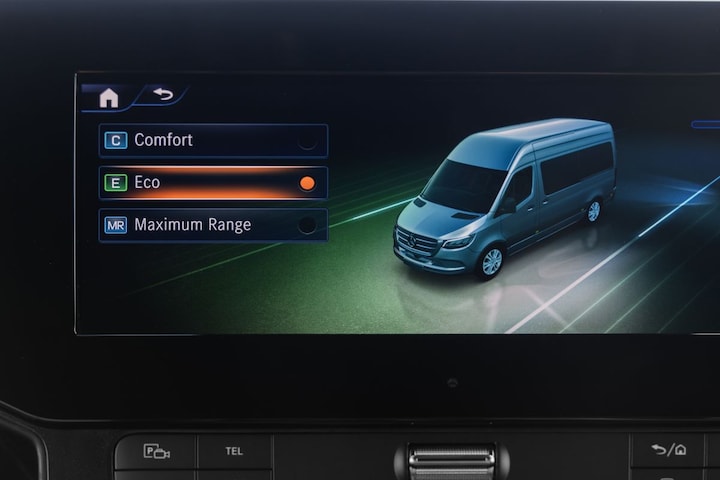
Is it still a real ‘bus’ inside?
No, not exactly. Mercedes has packed a remarkable number of features from luxury passenger cars into this van. It is packed with safety systems and driving aids. A digital rear-view mirror is optional, so you always have a view thanks to the camera on the back of the car: ideal in a closed van. The artificial intelligence of the MBUX infotainment (Mercedes-Benz User Experience) is also in this van. This entails a 10.25-inch screen and works quickly and largely logically. You can remotely lock or unlock doors and also operate the windows using the accompanying app. The computer even recognizes whether the driver or co-driver is talking to him. Call out ‘Hey Mercedes’ and the car will accept certain commands or give you information. For the first time, graphical navigation maps can be replaced by satellite images. For example, the same navigation also takes into account the limitations of large vehicles or driving with trailers.
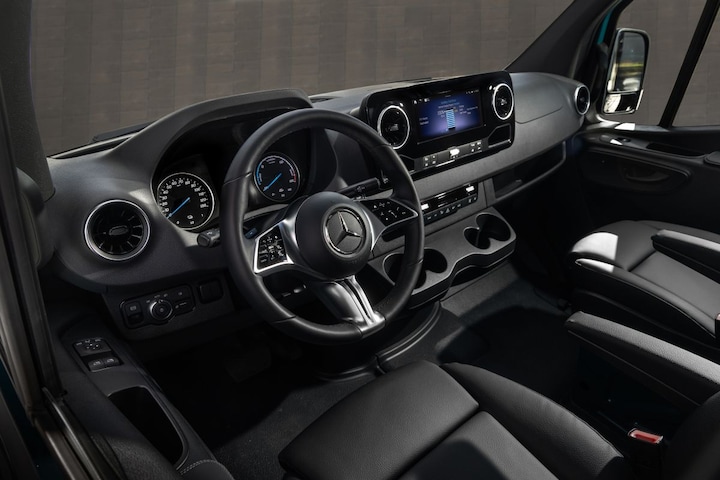
What are the other figures of the eSprinter?
The new eSprinter has a loading volume of up to fourteen cubic meters. That is slightly less than the maximum seventeen cubic meters in the diesels. The electric version can now tow a braked trailer of up to 2,000 kilos, which is also an important advance. With a fast charger it can charge with a maximum of 115 kWh. The battery is a lithium iron phosphate one and does not contain cobalt or nickel.
What about the subsidy for electric company cars?
The technological progress of the electric van is impressive, but it still has to overcome some hurdles before the big breakthrough can become a reality. For example, it is unclear what will happen next year with the Subsidy Scheme for Emission-Free Commercial Vehicles (SEBA). This is now good for an average compensation of €4,500 upon purchase. At the same time, there is a plan to charge BPM on delivery vans from next year. Until now, they were exempt from this tax, which has been applicable to passenger cars for years. The average BPM on a new van will soon be around 12,000 euros. There is a fear that entrepreneurs will therefore invest massively in new diesels this year or opt for an imported second-hand diesel car, so that they can continue for years and postpone the switch to an electric van for longer.
Aren’t electric vans too heavy for the B driving license?
The battery pack quickly makes them heavier than 3,500 kilos, which means that the B driving license (for passenger cars) is no longer sufficient and you must have a large (C) driving licence. To boost sales of electric models, the Dutch government has applied a tolerance policy in recent years. Exceptionally, you are allowed to drive up to 4,250 kilos with a B driving license. Outgoing Minister Mark Harbers has said that he wants to get rid of this, but the House of Representatives wants to maintain the tolerance policy until there is a definitive European solution to this problem.
Finally: also the electric camperWith newcomers such as the new Mercedes eSprinter, the long-awaited electric camper finally seems to be in sight. Until now, the major camper manufacturers have not dared to do this. Too little driving range, extra weight, a battery pack that comes at the expense of living and luggage space and also a higher price: the camper manufacturers feared that few campers would be enthusiastic about this. In the new eSprinter, however, the battery pack has been ingeniously built between the axles and many other disadvantages, such as the limited driving range, appear to have been removed. “We are already in discussions with camper manufacturer Hymer,” the Mercedes eSprinter project team reveals. “An electric bus camper is certainly a possibility. Only for larger campers, such as the semi-integrated models, it is still a step too far. This car has rear-wheel drive: the electric motor is located above the rear axle, so the body cannot be lower and that is a camper not really convenient. Not to mention the fact that camper manufacturers wonder whether their customers are willing to pay a lot more money for an electric camper, while they get much less far with it than with a diesel. In fact, they want to quickly refuel once they are on a trip. and then continue driving. We therefore assume that campers will be about the last category of cars to switch to electric propulsion.” |
– Thanks for information from Autoweek.nl